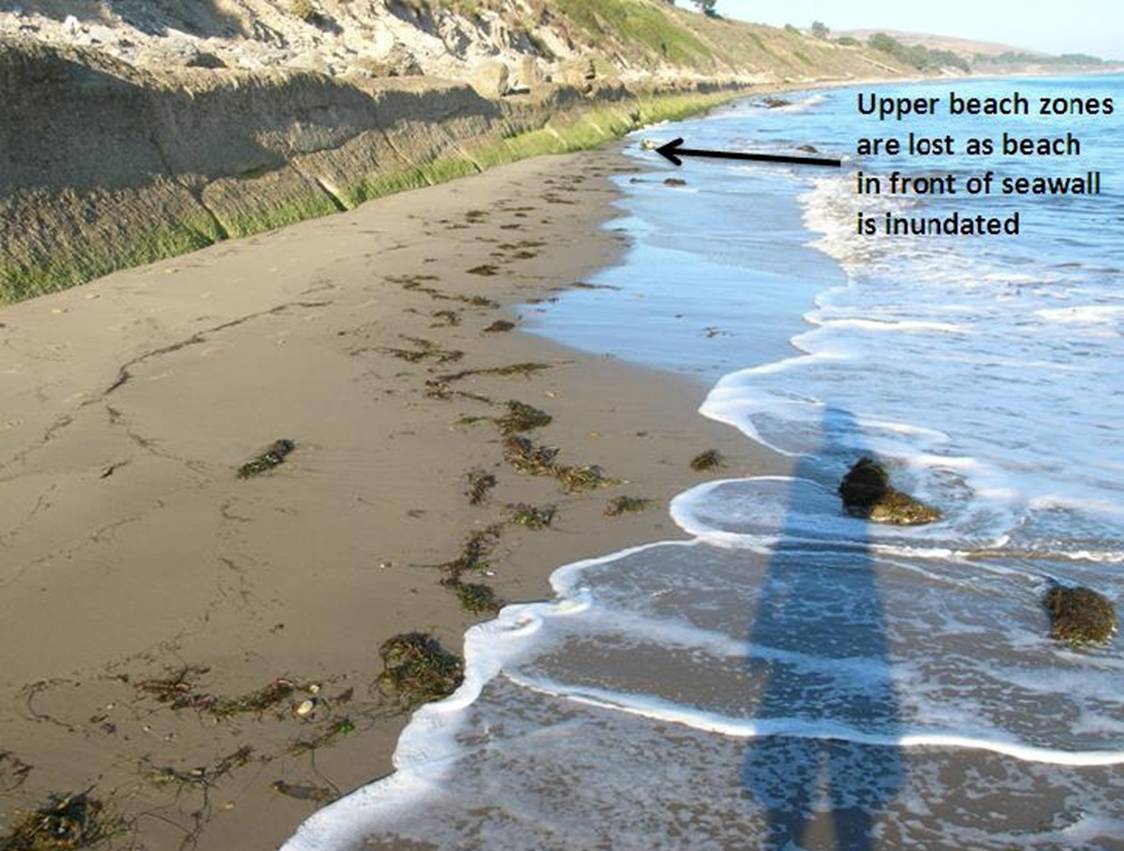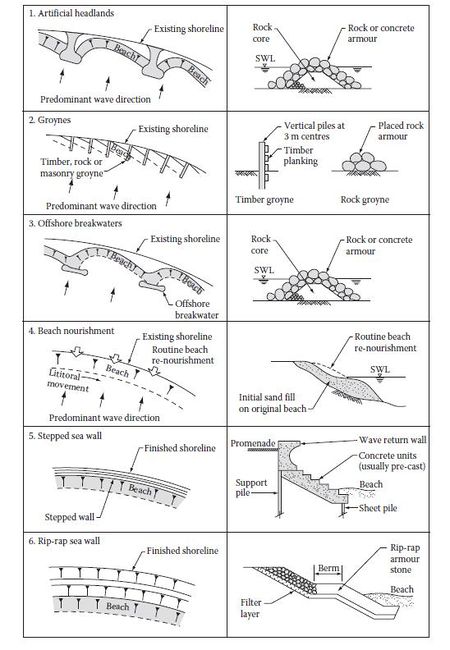The Definitive Guide to Shore Protect Team
Some Known Details About Shore Protect Team
Table of ContentsLittle Known Questions About Shore Protect Team.The 7-Second Trick For Shore Protect TeamThe Ultimate Guide To Shore Protect TeamEverything about Shore Protect TeamNot known Facts About Shore Protect Team9 Simple Techniques For Shore Protect TeamAll About Shore Protect Team
Decrease in home worth: As the location tourist is impacted by disintegration, so then is the economic climate. Customers are much less likely to look for a coastline home that might be ruined at any minute by the upcoming flooding and erosion emergency. Consequently, home value can go down tremendously and influence the whole region.Whether a coastline is just tiny and congested or needs to close entirely for the security of the environment and neighboring properties, this substantially impacts tourist. In turn, local economic climates are influenced (https://www.magcloud.com/user/shrprtcttm). Danger of injury: The increased threat of flooding and structural failures creates an increased threat of injury to neighboring visitors and community participants

Coastline stabilization is straight related to their work. Waterfront hotels: Due to the fact that coastline erosion effects tourism, it influences the success of waterside resorts.
The 4-Minute Rule for Shore Protect Team
This at some point leads to closures and abandoned beachfront buildings. Coastal commercial companies: No vacationers implies no service. For those businesses accommodating citizens, their building goes to danger of damage from erosion and flooding. Coastal state parks: State parks that exist along coasts are at risk of damage. Not only to the manufactured frameworks and properties on website, however likewise to the natural ecological communities that exist within.
Soft stablizing is a far better service for the setting and more lasting overall. Hard stabilization utilizes manufactured structures as security to manage erosion. Normally, these frameworks are installed at right angles or alongside quit sand activity and lessen the pressure of waves. Many types of hard stablizing like seawalls and sheet steel are not excellent for shoreline stabilization.
Examine This Report on Shore Protect Team
There's also not adequate proof of their efficiency depending on the kind of coastline and regional problems. Difficult stablizing methods often tend to be extra tough to set up and don't match the all-natural aesthetic, protruding like an aching thumb and hurting local ecological communities in lots of situations. Beach sustenance is the process of including lost sand and sediment back to coastlines after disintegration has taken place.
TrapBags help in the process of coastline nutrients by safeguarding all-natural environments and allowing plants to expand. While this process can be costly and is not irreversible, the pros have a tendency to surpass the cons. TrapBag obstacles offer several buildings that make them perfect for seaside and riverbank disintegration security. They're: Eco-friendly: You can utilize indigenous dirt both to border and to fill the TrapBags.

The Main Principles Of Shore Protect Team
They can also be mounted without any kind of heavy equipment. Budget friendly: TrapBags are suitable for both small and large locations of shoreline.
Incorporated with a high building price, this has led to enhancing usage of other soft design seaside management choices such as beach replenishment. Seawalls are built from numerous materials, the majority of typically reinforced concrete, stones, steel, or gabions. Other possible building and construction materials include plastic, timber, aluminum, fiberglass composite, and naturally degradable sandbags constructed from jute and coir. The proper seawall layout counts on location-specific elements, consisting of surrounding erosion processes. There are 3 primary kinds of seawalls: vertical, rounded, tipped, and piles (see table below).
Natural obstacles, such as reef and mangrove woodlands, prevent the spread of tidal waves and the circulation of seaside waters and alleviated the flood and surge of water. A cost-benefit technique is an efficient means to identify whether a seawall is suitable and whether the benefits are worth the cost.
Getting My Shore Protect Team To Work
A seawall is a static attribute which can clash with the dynamic nature of the shore and restrain the exchange of sediment between land and sea. Advantages and disadvantages of seawalls according to Short (1999) Advantages Disadvantages Lengthy term option in contrast to soft beach nourishment (https://gowwwlist.com/Shore-Protect-Team_322233.html).

This can cause coastlines to dissipate, providing them pointless for beach goers. Usually, seawalls can be a successful means to regulate seaside disintegration, however just if they are created well and out of materials that can withstand the force of ongoing wave power.
Shore Protect Team - Questions
Combined with a high construction price, this has actually led to raising use of various other soft design seaside management choices such as beach replenishment. Seawalls are constructed from different materials, the majority of typically enhanced concrete, rocks, steel, or gabions. Various other possible construction materials consist of vinyl, wood, aluminum, fiberglass composite, and biodegradable sandbags made of jute and coir. The appropriate seawall layout counts on location-specific facets, including surrounding erosion processes. There are three main types of seawalls: vertical, bent, tipped, and piles (see table listed below).
All-natural barriers, such as coral reefs and mangrove woodlands, stop the spread of tsunamis and the circulation of coastal waters and minimized the flooding and rise of water. A cost-benefit strategy is an effective way to figure out whether a seawall is ideal and whether the benefits are worth the expense.
See This Report about Shore Protect Team
A seawall is a static function which can conflict with the vibrant nature of the coastline and hamper the exchange of sediment in between land and sea. Benefits and downsides of seawalls according to Short (1999) Advantages Downsides Long term solution in contrast to soft coastline nourishment.

This can cause coastlines to dissipate, providing them worthless for coastline goers. Generally, seawalls can be an effective way to manage seaside erosion, but only if they are constructed well and out of materials that can endure the pressure of recurring wave power.